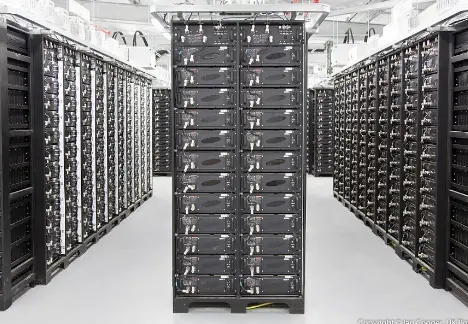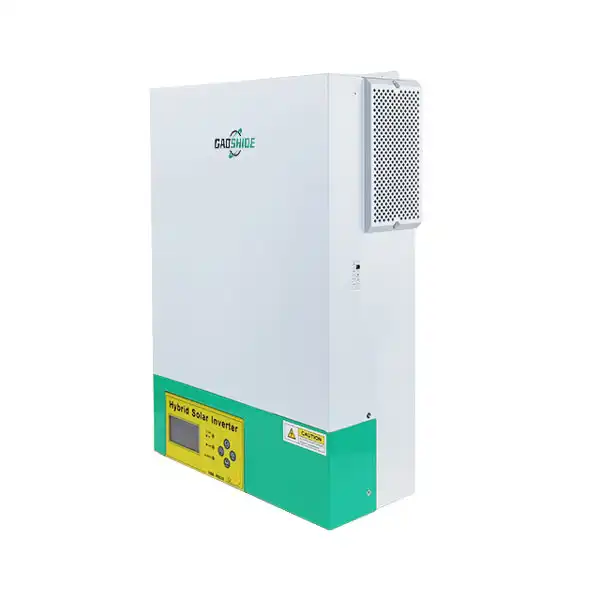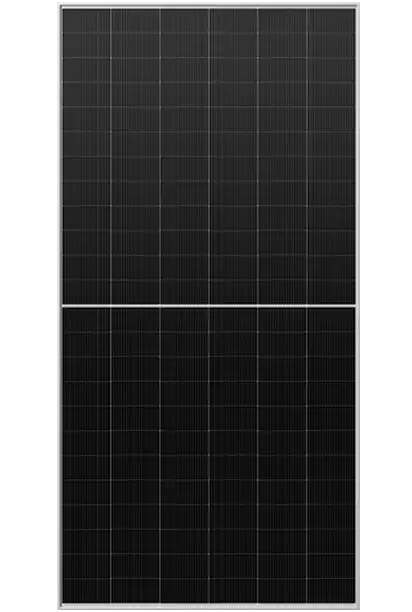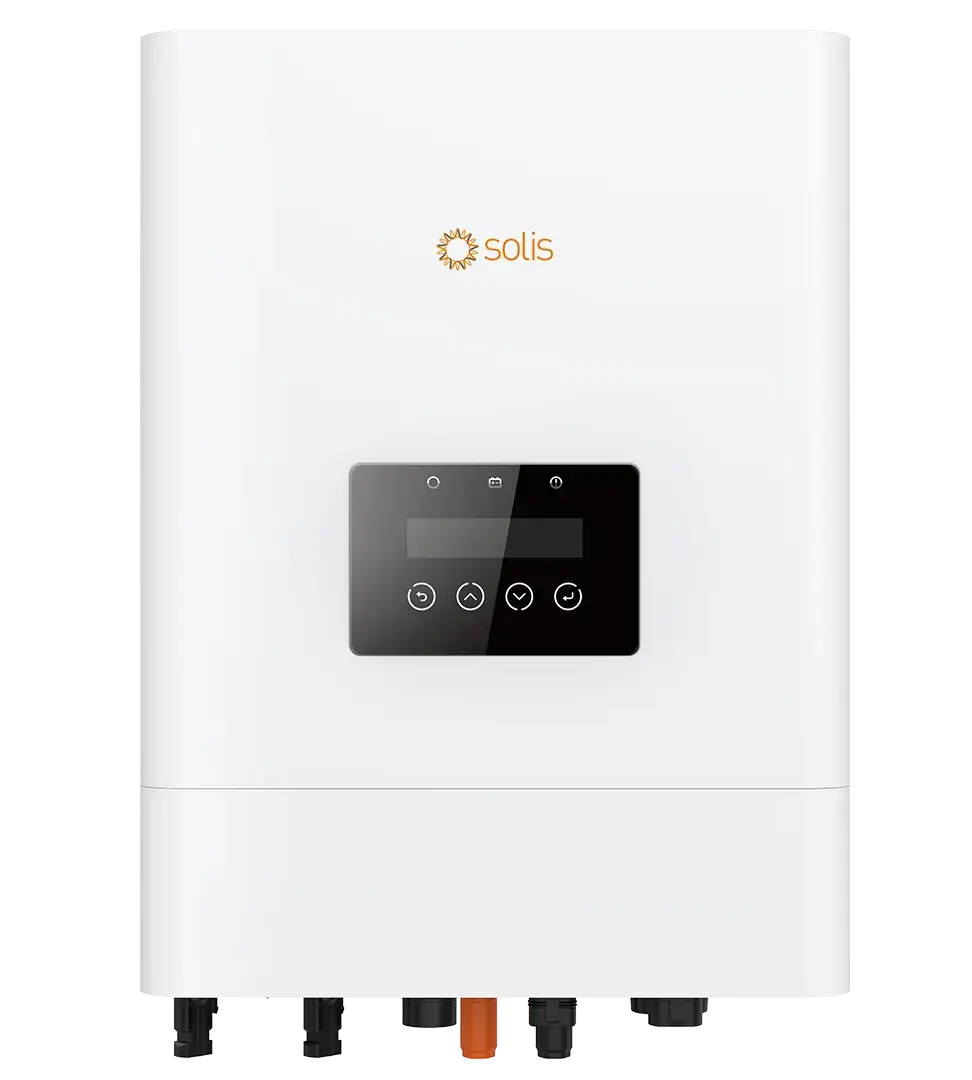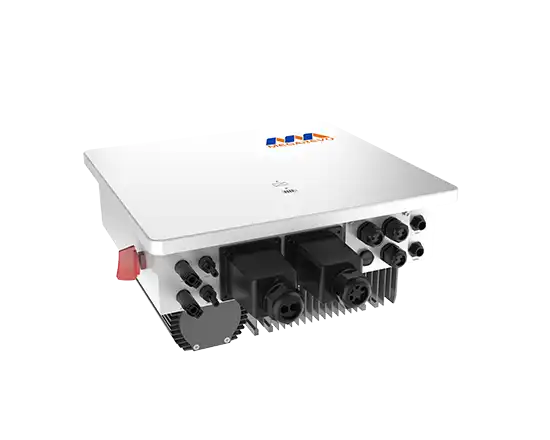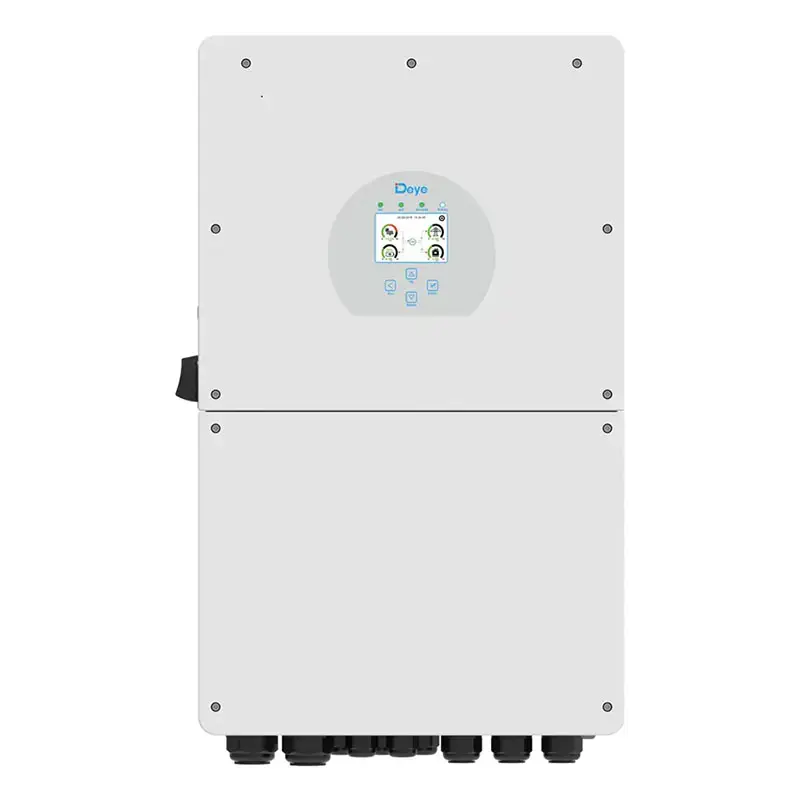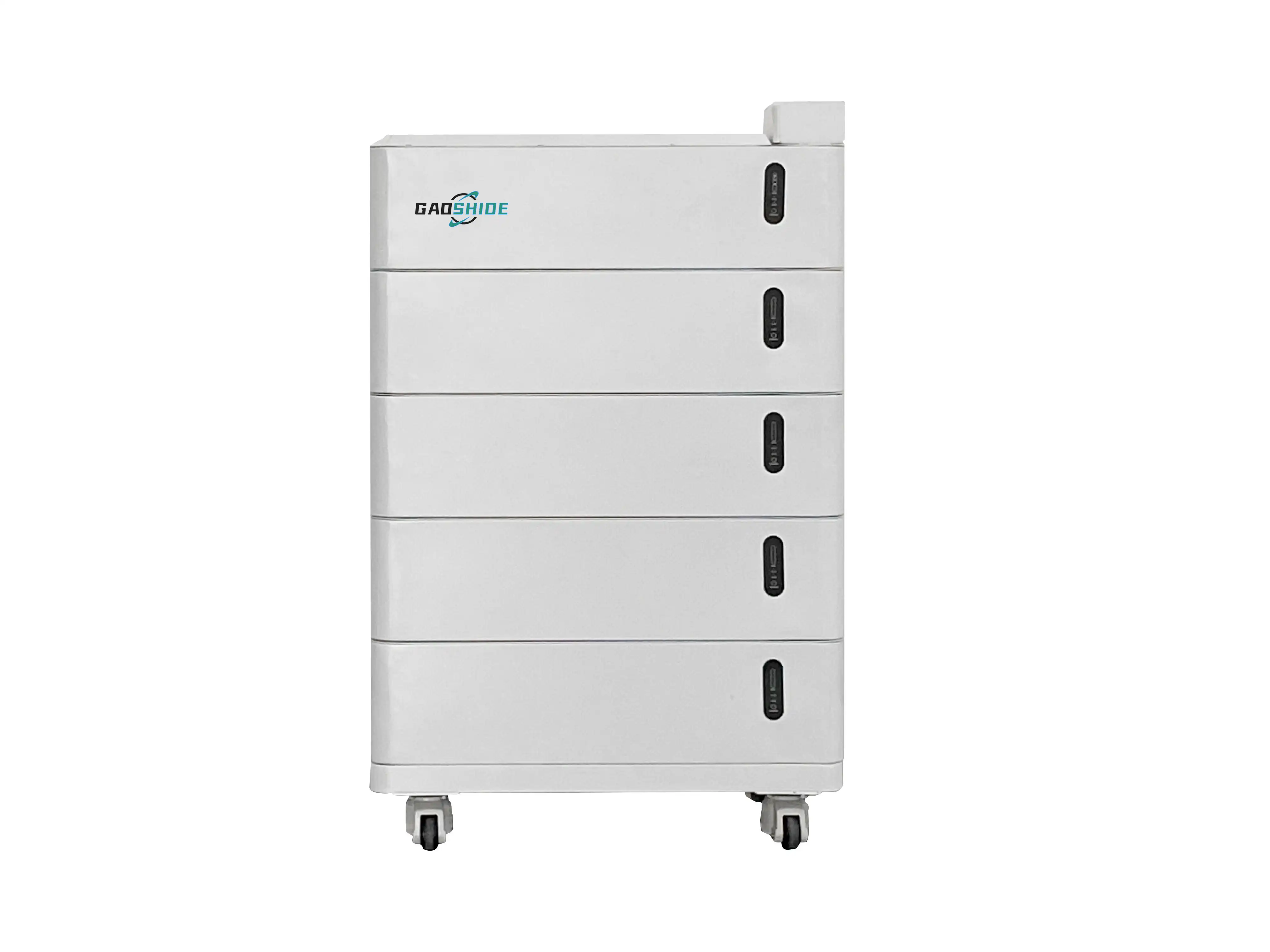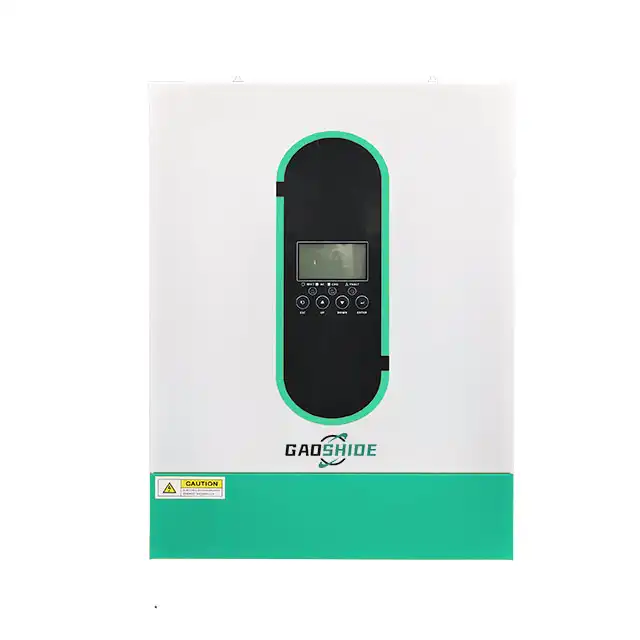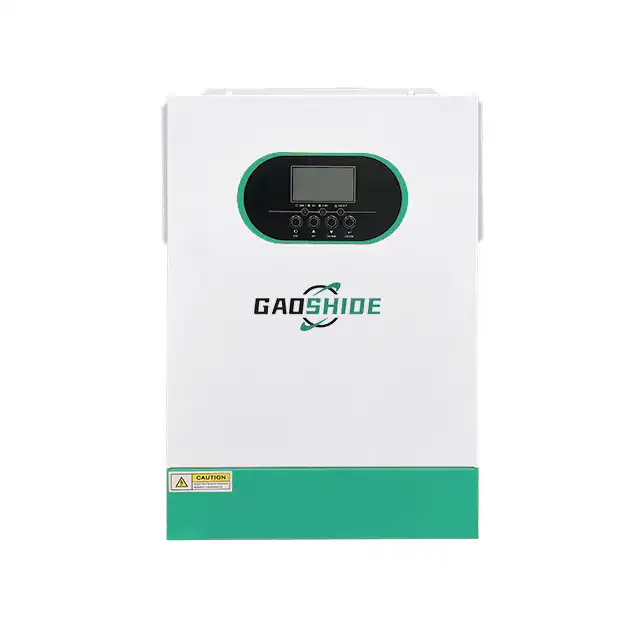Energy storage

Battery Energy Storage System (BESS) : It is a system that uses lithium batteries or lead batteries as energy storage carriers to store and supply electric energy for a certain period of time, and the electric energy provided has the functions of smooth transition, peak cutting and valley filling, frequency modulation and voltage regulation.
Battery cell (BatteryCelI) : A single battery, the smallest unit of the battery.
Battery Module/Pack: A series of standard packages for a single battery.
Battery Rack/Cluster: A series of battery modules into the energy storage unit.
Battery Collection Panel (BCP) : Between the cell rack and the energy storage inverter, similar to the photovoltaic DC bus.
Energy storage converter (PCS) : two-way direct current AC inverter.
Battery Management System (BMS) : Intelligent management and maintenance of each battery unit, prevent battery overcharge and overdischarge, extend battery life, and monitor the status of the battery.
An Energy Management System (EMS) is an intelligent system that integrates hardware and software to monitor, control and optimize energy flow and energy consumption in an energy system. Based on data acquisition, analysis and decision support technology, it can monitor the operating status of energy equipment, energy consumption and environmental conditions in real time, so as to achieve efficient management and optimization of energy sources.
Battery Capacity: The charge Q that can be held or released, that is, battery capacity (Ah) = current (A)X discharge time (h), the unit is generally Ah (Ampere hour). For example, the energy storage battery is marked 96Ah, then the working current is at 96A, it can theoretically be used for 1 hour.
Battery Energy: The energy stored by a battery, expressed in Wh (watt-hour), energy (Wh)= voltage (V)X battery capacity (Ah). For example, a 3.2V / 96Ah battery has an energy of 307.2Wh, and if we put four such batteries in series, we will form a battery pack with a voltage of 12.8V and a capacity of 96Ah, although the battery capacity is not increased, the total energy is increased by 4 times.
Charge and discharge rate (C-Rate): discharge rate refers to the current value required to release its rated capacity within a specified time, which is numerically equal to a multiple of the rated capacity of the battery. That is: charge and discharge current (A)/ rated capacity (Ah), its unit is generally C(shorthand for c-rate), such as 0.5C, IC, etc.
Cycle life (Cyde life) : The life of the battery is divided into cycle life and calendar life two parameters. Cycle life refers to the number of times a battery can be charged and discharged. That is, under the ideal temperature and humidity, charge and discharge at the rated charge and discharge current, and calculate the number of cycles experienced when the battery capacity decays to 80%. Calendar life refers to the span of time that the battery reaches the end of life condition (capacity attenuation to 80%) under the use of environmental conditions and specific use conditions. The average owner may assess the smaller value of both.
